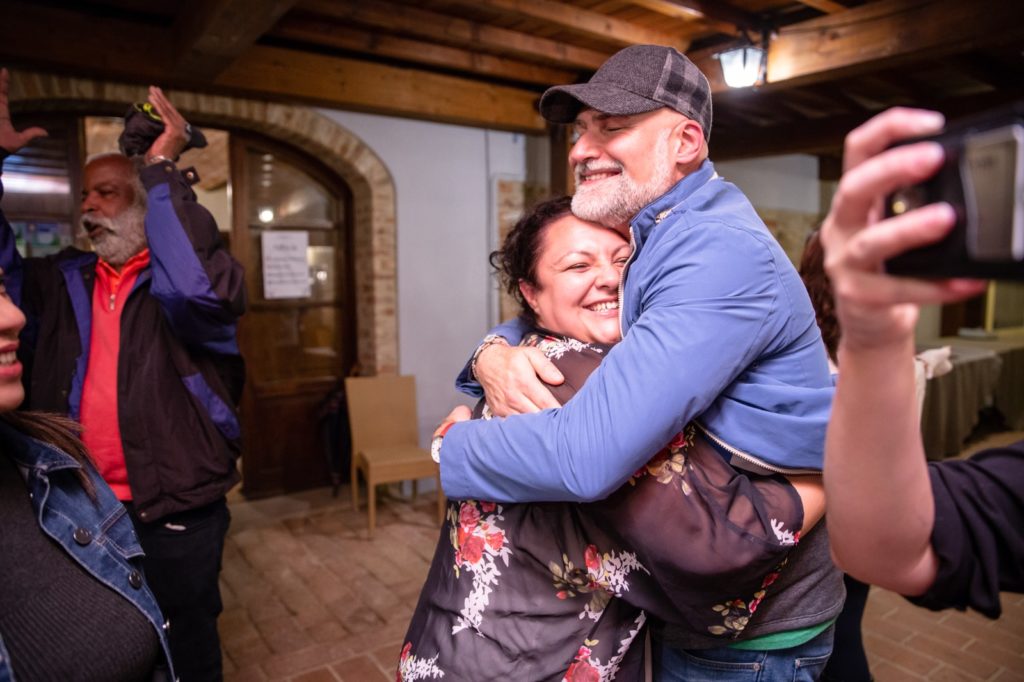ROE: Your new blueprint for success
The logistics are flawless. The keynote speaker is epic and a crowd-pleaser. The evening networking event is really great. There are amazing cocktails, a great band, and plenty of food. The content is spot-on and your company executives are happy with the flow and presentations.
Yes: on the surface, your event is perfect. You’re implementing all the best practices. It’s (mostly) sustainable, you have decent turnout, and everyone’s just happy to be gathering again. Your sales team is eager to make follow-up calls over the next couple of weeks because your attendees seem to be happy leaving the event.
But something was missing, and you can’t quite put your finger on it. And when your sales team calls to follow up, there really isn’t much for your attendees to talk about. It was just like all the other events, and nothing really stood out.
What was missing? Emotion.
A Harvard study found that 95% of business decisions are made based on emotion. And according to a study by Motista, customers who feel emotionally connected to a brand or category are more valuable than those who are simply satisfied, with a 306 perfect higher lifetime value as a customer.
Unfortunately, it’s the part of events that we so often find missing.
Aside from that epic keynote speaker, did you do enough to evoke the right emotions at your event to make it memorable and ensure that everyone would leave with a great story to tell?

Shared experiences drive profitable connections.
We have always believed that to truly build pipeline, an event must elicit an emotional response and be anchored in conversation. That’s why we set out last year to scientifically prove our theory of emotions.
We partnered with a research firm to develop a year-long study called Return On Emotion℠, designed to identify exactly which emotion needed to be evoked in order to create an environment for business readiness.
Turns out, there are FIVE.
- Hopeful
- Adventurous
- Active
- Accepted
- Motivated
Armed with these findings we began crafting our programs embedding these emotions as a blueprint for the experience. Planning them with equal parts… think of it as 20% of each… we asked these questions: (for the sake of imagery, we call this the HAAAM sandwich!)

Hopeful and Motivated are the easy ones.
Most marketers have no problem with Hopeful and Motivated – those two are pretty much table stakes for persuasion. The Bread, if you will. But they’re missing the meat from this HAAAM sandwich!
Ensuring that participants are served the three A’s is what’s most likely missing from your programs today.
Post-event, many marketers use an NPS score post-event to gain insights into whether their customers are likely to recommend their products to a colleague, requiring that the participant already be a customer.
But one exciting finding about ROE vs. NPS is that the ROE measurement determined intentions to send business to others BEFORE any business has been conducted making it better than NPS – especially for acquisition accounts.
Imagine creating a relationship at an event or through a marketing program where your target audience talks about the program and talks about YOU (who hosted it) to their friends and colleagues, even if they have never done any business with you.
Leaving that kind of impression takes unique execution skills… but with the Return on Emotion blueprint, now you know how.
So how do you measure the success of the program before the opportunities start rolling in from sales? It’s a simple 5-question series that you’ll add into your post-event survey.
Using a 10-point scale, you’ll ask your participants how the experience made them feel on a set of the five core emotions and average the score. From Hopeless (0) to hopeful (10), from hesitant (0) to adventurous (10), from rejected (0) to accepted (10), from passive (0) to active (10), and from uninspired (0) to motivated (10).
Our research found that scores of 8.6 or greater meant that participants were more likely to send business to others from the program. Aggregately, this score will tell you if you created an environment for success. Individually (if your surveys are not anonymous), you’ll know how to approach your participant in the future by what emotions they felt were lacking in the program.
Think back to the last marketing event you went to where you were eager and willing to set up time with someone you met there. Did the experience hit all of these emotional elements? Do you think it impacted your willingness to have more frequent and deeper conversations with the people you shared it with?
In 2021, we created the research study and ran programs to test it, and now we have the findings.
Now in 2022, it’s time to implement the actions and study the results of broad use of this new metric.
We’re excited to share our findings with you, and even more excited to help you put it into action in your programs! Visit ROEdrivesROI.com to learn more about the business metric that matters in 2022 and apply ROE to your programs.
Learn more at ROEdrivesROI.com